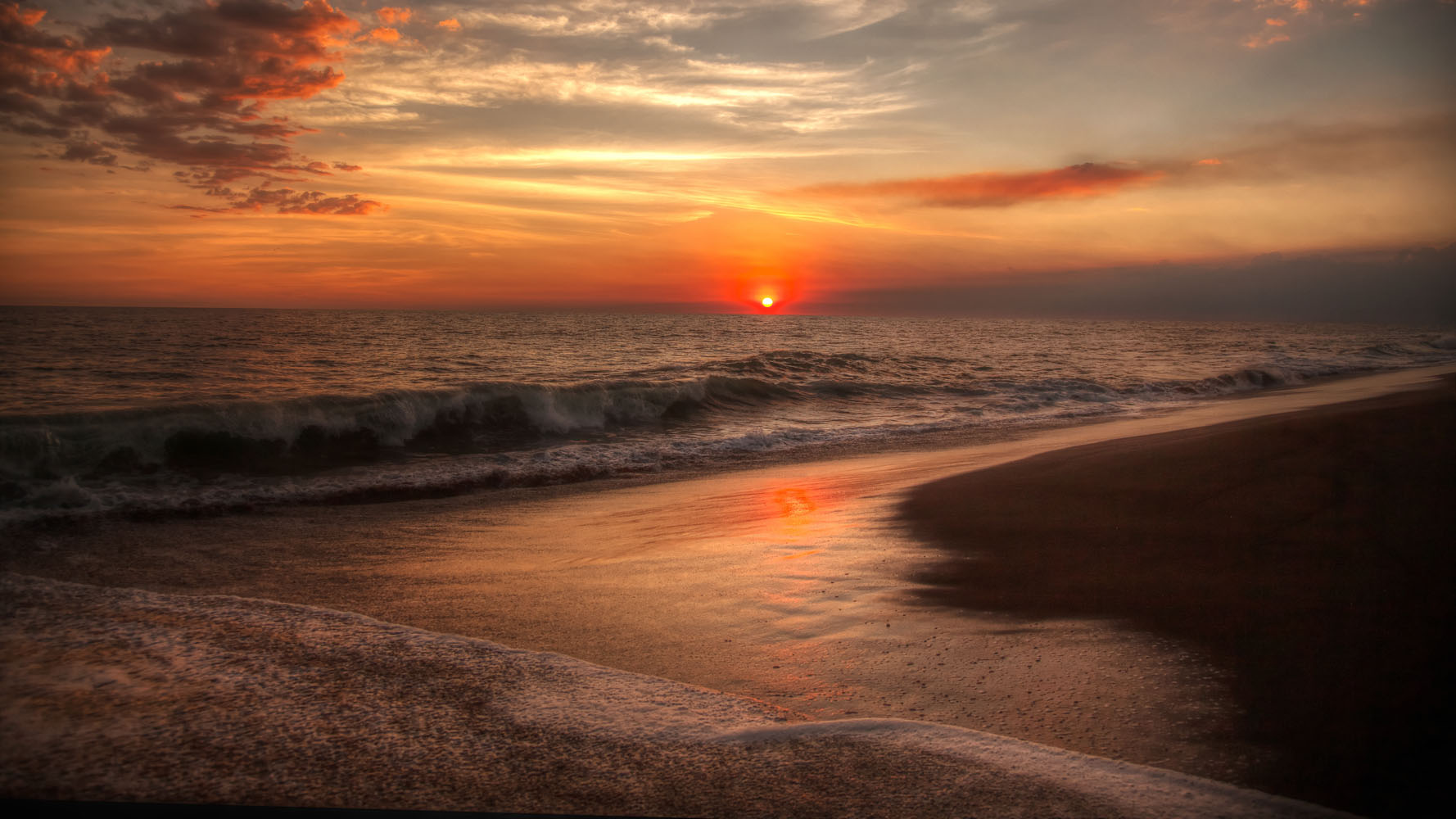
The simple answer is it ain’t easy folks. Everyone with a camera or smart-phone thinks they’re a photographer these days. The digital age has been a boon to photographers in many ways, but its brought along with it a whole host of detrimental side affects. The word professional is used to imply a certain level of competence, and when shooting film it took years to gain sufficient competency to actually get paid for your work. So if you want to make money with your photography you first have to ask yourself the question “am I good enough?” You owe it to everyone to be brutally honest with yourself and others. If you haven’t reached that level of competency yet then don’t charge for your work. Be content to provide it gratis, and just be thankful that someone is giving you the opportunity to hone your craft. So having said that here are my thoughts on making money with your photography, keep in mind that these are just my thoughts based on my own personal experience:
1. Don’t quit your day job.
However you make your money to pay the bills, just keep doing it and build your photography business slowly and carefully on the side. The only caveat might be if you intend to be a full-time commercial photographer; but it’s risky, expensive and most fail within a year.
2. Create and maintain a professional website.
This will be your showcase to the world, and will give you credibility in the market place. Chelsea and Tony review websites from SquareSpace on every live show, and give great examples on how to do it.
3. Business Cards.
Yes I know they’re somewhat old-fashioned, but they’re effective and cheap. They should be of high quality, simple and to the point. Carry them with you everywhere, I hand mine out frequently as I travel the globe and you should too.
4. Social Media.
Use it. If you’re relatively young you know much more about this subject than I do. Your Facebook profile should also include a business page in addition to your personal page. Keep them separate. Use social media to drive people (potential clients) to your website.
5. Write a Blog.
Blogging is another great way to drive people to your website. Blogs are all about content and consistency. The content has to be relevant and interesting, and you have to post often.
6. How I make my money.
Now we come to the 500-pound gorilla in the room. I will say it again these are my personal opinions based on my own experience. I have been at this professionally for six years now, and I will tell you upfront that I am not supporting myself with my photography alone. It does however provide me with a little extra income each month, and that along with the ego-boost is a nice thing. I think of myself as a fine art photographer, that means my prints are meant to be hung in homes and offices. I print large, often 3 x 5 feet, and charge accordingly. A typical large canvas print will sell for $350 to $500 USD. I still do the occasional photo shoot, but I now travel and live abroad full-time making it more difficult. Here are some ways that I present and sell my work to the buying public:
• Cafes and Coffee Shops.
By far my most lucrative sales come from cafes and coffee shops. I pay the owner a 10% commission on anything sold in his shop, which means that I pocket 90% of the sales price (less any printing & mounting costs). I rotate my photos often so regular shop customers see new work frequently. One day I had a tourist walk into a cafe in Merida, Yucatan, MX (where I was living at the time) and buy four of my prints right off the wall for cash. That was a good day and paid for two months of my daily living expenses.
• Brick & Mortar Galleries.
While living in Mexico I also exhibited and sold my work in an established gallery. My commission split was 60/40 (60% of the sales price came to me, with 40% of the sales price going to the gallery). Often as not if you sell through a gallery the commission split will be an even 50/50. Remember the gallery has overhead and is actively promoting you and your work, this is a business after all.
• Online Gallery & eCommerce Store.
On my website I have a gallery and eCommerce store. My gallery and store are both sponsored by Fine Art America. This service costs me $30 USD per year (not per month), and with multiple fulfilment centers in five countries they can ship anywhere in the world, usually within three days with a full money-back guarantee. I set the prices (and profit margin), and receive 100% of my set price for any print sold. I also receive a commission on any ancillary products sold such as canvases, frames, mattes and so forth.
• Photoshoots.
Booking commercial gigs while travelling the world isn’t always easy, but when the opportunity presents itself I try to take advantage of it. I live cheap on the road so I am able to keep my prices relatively low. I charge $35 USD per hour and I always include my post-processing time. Pricing information on my website informs my potential clients that a typical photo shoot (actual shooting time + processing time) will run about $350 USD. I also spent a year as “the” staff photographer for The Yucatan Times newspaper and bartered my photographic services for access to the Kaxil Kiuic Biocultural Reserve and Puuc Jaguar Conservation. Don’t be afraid to barter your photographic services, it’s a great Quid pro quo
• Stock Photography.
I continue to maintain portfolios at various stock photography agencies, but for the most part I find stock photography a bust. In the old days you could make a decent living shooting stock photography, no longer I’m afraid. Where you once earned hundreds of dollars for a single image, now you only receive pennies on the dollar. It’s labor intensive, the market is overly saturated and it’s just not worth my time and effort considering the minimal return on investment.
In summary, you can make money with your creative talent but you probably won’t get rich. It takes effort and no one will do it for you. If you’re waiting to be discovered it probably won’t happen. The business side of photography is obviously different from the creative side, but both sides of the equation can be fun and satisfying.

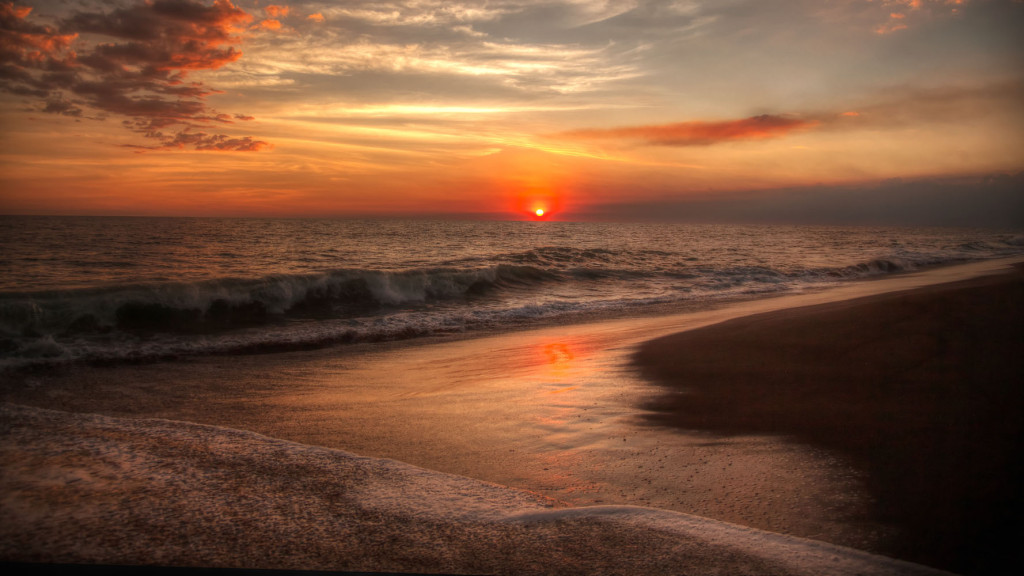
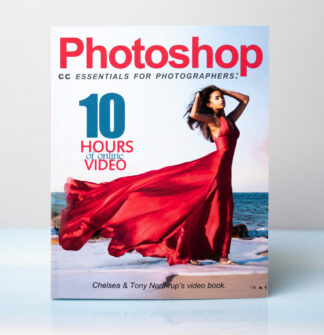

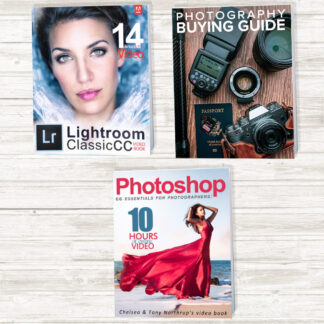

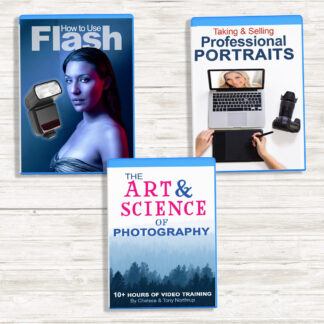
Very insightful and I look forward to reading more articles from you Dennstedt. I am currently in the process of setting up a photography business along side my day job and I’m finding the help of Tony and Chelsea invaluable. I just want to thank you for taking the time to write this blog post ! 🙂
Thank you Aaron, it can be a real challenge (but a satisfying one). I encourage you to proceed full speed ahead. I’m living my dream, albeit a little late in life, but I’m having more fun than a barrel-full-of-monkies.
thank you for the article, i am personally looking my self to start up, granted i know it’ll take time and don’t expect quick results, thus yes i will not be quitting my current job, mostly right now just will be starting out as side gig’s and fun.
Tom I wish you much success. I think that’s the proper approach for most of us. The business side of photography can intimidate many people, but it’s a learned skill just like any other aspect of photography. The key is to have fun and to love what you’re doing. I thought photographing for a newspaper would be the “fantasy job” of a lifetime (and in many ways it was), but the reality was it was hard work, with deadlines, and photographing people and events I wasn’t alway enamoured with. I’m glad I did it, but I’m having more fun (and getting more satisfaction) pursuing my kind of photography and writing.
Hi Stephen. Thanks for the beautiful article! Can I ask you how do you choose prints for specific cafes? Or is it a random choice more or less? Also how much do you charge per print and do you stick to one size? If yes, what size would that be? Thanks!
Thank you for your questions Pawel. I try to match the prints to the decor or theme of the cafe (in Mexico it was local scenes and some tropical sunsets and beach scenes). Size depends on available wall space. If possible I like at least one very large canvas print (up to 3 x 5 feet) which sells for $350 – $500 USD. I will also include smaller prints at about 16 x 20 inches). It all depends on the venue. I always display my business card, and tag the photo “For Sale” and the asking price. It costs the cafe owner nothing, he gets free decorative art, plus a 10% commission if it sells. Tourist areas and expat hangouts are great, they usually have money and are looking to buy (sometimes you may have to arrange shipping to their home, but you just add that onto the price). This won’t make you rich, but I sold a fair number of prints when I lived in Merida, Yucatan, MX. Other venues could be: doctor and dentist offices, hospitals and other local businesses.
Thank you so much for the response! 🙂 Regards, and waiting for the next article!
Should be soon I think, probably within a couple of weeks.
Great post. I have a question about fine art America. So you basically provide the image and they do the rest. If someone orders canvas you set the price and they print it for no commission. You set the prices for prints and canvas. I was reading about their plans and it sounds good. What if you enlarge your image using Lightroom is that accepted instead of Photoshop? Thanks for taking the time to share your thoughts.
Hi David. I’ve been very impressed with FAA so far, and I’ve been with them for a few years now. A small fee of $30 USD per year (not per month) provides you with their premium service (unlimited uploads, etc). When you set up your account you establish your default prices (your profit margin) in a menu (it’s a one time shot, but you can edit at anytime). You want to upload high-resolution images only (don’t upsize low-resolution shots). The higher the resolution the larger they can print (you can upload to a max of 25mb). I often print canvases up to 3 x 5 feet with no problem. It makes no difference what software you use in post, I use Photoshop Elements 11. The problem comes in when you try to upsize from a low-resolution image. I shoot in CameraRAW, do my RAW conversion and post-processing, and save at the highest resolution JPEG resolution I can. If you go to my website at http://www.IndochinePhotography.me you can see examples under the “Store” tab. Hope this helps. Good luck with your shooting.
Thanks Steven. I always shoot in raw. So my image sizes
So in other words when I save my images for print leave it at 5472×3648 if I am not cropping and set the dpi to 300. So they enlarge if the customer wants it a certain size. To change the overall size of the pic when you are setting up for print leave it as is with 300 dpi. Sorry to be a pest just trying to understand these thing. Great shots by the way definitely to me liking. Much success.
I’m an old fart and admittedly not a tech-weenie, so my tech knowledge is a little slim. Basically I leave my images at whatever size they are when I stop processing them and I don’t change the dpi. 300 dpi would certainly be the minimum for printing, but some of my processed images are still at 400, 500 and even 600 dpi. I leave them at that and neither downsize them nor upsize them. It seems to work fine. Too much resolution is definitely better than too little resolution.
Thanks for your help
No problem David, anytime amigo.
“The only caveat might be if you intend to be a full-time commercial photographer; but it’s risky, expensive and most fail within a year”
Hi Stephen, I enjoyed reading your article, very interesting. As regards to the above quote, do you have any information (i.e., statistics) to back that up, or is that just common knowledge in the commercial photography world?
Your article provides some very common sense insight into making it as a photographer, thank you.
Great question John. No hard statistics, mostly empirical evidence. I have a number of photographers (all levels) who follow my personal blog Expat Journal at http://www.IndochinePhotography.me. A few have tried to make it professionally in the photography game and failed. Why? Primarily it’s money and a lack of business acumen. They use personal savings, home equity, credit cards to cover their living expenses while trying to establish their full-time photography business. It takes time to build a business, and typically their money runs out before that can happen. Additionally, many GREAT photographers just don’t have the business experience to successfully run a moneymaking concern (they don’t know how to price their work, control overhead or engage in marketing strategies and self-promotion). It’s a rare individual indeed who can master both sides of the photography equation: the artistic side and the business side. I spent 30-years in the banking industry, with the largest bank in the United States, and my job was to help new small businesses succeed. Statistically you will find that most small businesses fail within the first year (not just photographers) for the very reasons cited above. Cash flow is a killer (and truthfully banks are not your friends). It can be done, but I would stress caution and start slow and steady. I hope I’ve answered your question. Thank you for your comments.
This is a great blog! If I can put my 10 cents in, and you have probably seen this many times in your past career: people just don’t consider how much money they will need to pull in and how much time that will take to make anything like a decent living. Even before overheads, taxes etc if you aim to bring in $100,000 a year that is basically $2,000 per week or $400 per day out of which you will need to pay for equipment, rentals, preocessing,taxes, studio space, insurance, materials, advertising, web fees, utilities, travel fees, fuel, hotels and so on. Word of mouth just isn’t going to bring in that kind of money and how many weddings can you do in a week? This doesn’t just apply to photography it’s true of any venture. Anyone who is self employed will know what I mean. I was once and thought I was earning pretty good money until I did did a breakdown of income and expenditure and found nearly 50% of everything I earned was going back out. So my guess is that if you want to live comfortably and earn $80,000 plus you’ll need to earn $160,000 to get it and you’ll still pay income tax on that. I could be wrong about photaography but my guess is that its definitely NOT a low overhead profession.
Jim, you make some excellent observations. There is a lot to consider before you quit your day job. It can be done, photographers do it everyday, but you need to go into it with your eyes wide open. Like you mentioned in your comment, any self-employed venture has risk, but also great rewards. I wouldn’t want to discourage anyone from pursuing their dreams, because it’s what makes life worth living. You just have to be careful that the fantasy doesn’t get in the way of the reality. I had always dreamt of being a photographer with a newspaper, when I finally was it wasn’t what I had expected . . . it quickly became just another job. It wasn’t the kind of photography I really enjoyed doing, so I quit after a year. I love what I do now, but I can’t completely support myself doing it. However, whatever extra money I make (in addition to my retirement income) comes in handy, and the ego gratification is terrific. Thank you for taking the time to comment Jim.
Excellent article. I have been showing my work in local galleries for the past 33 years. If I happen to get a couple of sales per year, I consider that I’ve done fairly well. Naturally more sales would be better, l have considered doing cafes and coffe shops, perhaps that is an area I will pursue in the future….
Thanks Bob. I’m very familiar with your work and it’s EXCELLENT. I wish you all the success in the world.
Nicely done, and very informative, Stephen! I certainly plan to use these great tips… Good luck, Amigo!
Gregory, they work to a greater/lesser degree depending on the effort that’s put into it. Like anything creative it’s all about the exposure (pun intended). Good luck my friend.
Hi Mr. Dennstedt!
During my extensive travels, one of my hands is usually weighted by a camera. I use the photos for my travel articles, yet I feel far from considering myself a Pro… nevertheless I gotta say, having followed some of your work and tips, you do inspire me to expand—practically! Thanx for the pragmatic and honest advice mate! Oh, and keep shooting!
Thanks Paul. Combining photography with writing is a GREAT way to go, Photos and articles go hand-in-glove. Keep traveling, keep shooting and keep writing. It’s a grand life. Thank you for your comments and insights.
Awesome & as usual very well said. Being that I have no other staffers I get it! Thx for the coffee shop reminder I’ve been meaning to look into one that does just that! I do most of what you have listed here the key is definitely get your work out there and seen. I want my art on others walls too!
Hi Bridgette, being an Indy-artist (in this case photographer) isn’t an easy row-to-hoe is it? I’m always trying new things, but it really comes down to exposure and who you know. There’s no substitute for getting your images in front of customer’s eyes. Best of luck to you and your business efforts.
Great article, Stephen. I also use FineArtAmerica and am pleased with their services. It is so much easier to use their fulfillment services than to deal with customer service and relations myself. I agree with your emphasis on visibility. With so many excellent photographers competing in a limited (IMHO) market, it is important to get one’s work where non-photographers can see it and purchase it easily with confidence and no risk. Keep up the good work!
Hi Bob, it sounds like we’ve had similar experiences with our marketing. I wish it were easier sometimes, but no pain no gain as they say. I love the new digital freedom, but now there is a tremendous amount of competition for the business. Thank you for taking the time to comment.
Excellent suggestions! I’m sure the value of your personal experiences with help many others.
Hello Doris, thank you very much for your positive comments. I know that a lot of photographers would like to make a little money with their photography, if for no other reason than to help defray some of the cost. I hope folks will find some of these suggestions helpful. Thank you for commenting.
What do you think of specialization. I hear a lot of photographers really key in to this point. Myself, I began specializing in wedding and family, but found the market pretty saturated, so now I’m exploring other avenues. Would love to hear your thoughts.
That is a GREAT question Anthony. And also difficult to answer. A lot of my photographer friends specialize. This is my personal opinion, and it’s very subjective: “Artistically” I think a photographer would be well-served to do it all, but you can’t always make money (if that’s your goal) artistically. The “business” of photography almost demands specializatlion, at least in your marketing efforts. If you watch T&C LIVE every Thursday, and pay attention to their portfolio reviews, they are always looking for consistency if the photographer is marketing their talent for money. I consider myself to be a fairly rounded photographer, but my interests revolve around wildlife, scenic and street photography (my online portfolio reflects this). Call it fine art photography if you will, and I market it as such. Tough to make money with these genres however. I’ve also worked for a newspaper, done some real estate photography and of course portraits and event photography. I’m retired now, and before retirement I was a banker for 30-years, but if I was trying to make it as a full-time photographer I would probably specialize (though I wouldn’t necessarily be happy about it). So I guess if I were offering advice it would go something like this: shoot whatever you like for enjoyment and creative satisfaction on a personal level, but find a niche for your photography business and gear everything towards that. Or combine a few genres that naturally go together. If you’re basically a people photographer combine wedding, portrait and headshot photography for instance. Your website/portfolio, business cards, social media presence and all advertizing would reflect that message. You can still sell fine art prints (or whatever you do for personal enjoyment) using a different venue. If you’re a full-time photographer you “have” to make money, if you’re a part-time photographer (you haven’t quit your day job) you have much more flexibility. Or if you’re retired like me you have COMPLETE flexibility. LOL. Sorry ’bout that. This is a really longwinded answer to your question, and it may not be an answer all, but I hope it helps. Thanks for your question Anthony it was a good one.
Loved the article, it was very informative! You did a great job!
Thank you for commenting Sydney. It’s very gratifying to get such a warm response to my first article for Northrup Photo. Tony & Chelsea do a great job for us photographers, and I’m often amazed at how much free content they provide, from gear reviews to how-to articles and videos.
Thank you for the excellent information you have provided here. I picked up some great tips. It is great to follow and learn from a legend like you. I look forward to seeing more of this great stuff from you!!
Wow K, you’re really making me blush. Thank you for the compliments. Northrup Photo is a terrific site and I hope you will take advantage of all they have to offer. I should have another article published soon, and hope to become a regular. Good luck with your photography amigo.
Great article and great tips. It is certainly a tough world out there and trying to sell a print or a copy of a book is not easy. Also, any profit margins are very small compared to the cost of the product not counting the costs of traveling to various countries to have the opportunity to take the photos. You have a lot of interesting ideas to digest in your article and I thank you for your time putting them together. Now, it is down to work, regards, John…
Hi John, I am very familiar with your work and it’s OUTSTANDING. You’re right it’s not easy to sell photography in this day and age, but it can be done. With equipment and travel costs every little bit of extra cash helps. Like I mentioned in the article I am not completely supporting myself, but I am able to defray a good portion of my costs every month. Some months are better than others. It takes multiple revenue streams, and that takes work and persistence. Keep up the great work amigo, your photos of Vietnam’s indigenous peoples are AMAZING. Thank you for taking the time to comment.
Thank you!! Making some money could be cool, but since I havent yet the jury is still out HEHE. With regard to the social media section specifically Facebook, I have mine set up as a company do you know of any difference if I classify as an artist, business, fan page or anything else? Im finding that if I simply post to my photography page I get no response but when I go to my personal page then share my photography post I get much more of a response, any ideas? I have asked other local photogs that have huge followings and I was told Instagram just takes time and Facebook is all about money, thoughts?
Hi Mike, awhile back I wrote my longest personal blog post EVER on the subject of social media and its use. I’m a really old guy and not a tech-weenie, but I think there is a real need to incorporate social media into any marketing strategy. I’m including the link here before I forget (I told you I’m old and that kind of crap happens all the time), so here it is: https://dennstedt.wordpress.com/2016/01/23/waiting-to-be-discovered-a-social-media-solution/. I hope it works, if it doesn’t go to my website at http://www.IndochinePhotography.me and click on Expat Journal under the blog tab. The title of the post is: Waiting to be Discovered, a Social Media Solution (enter that title into the search box and voila). My marketing strategy revolves around my blog . . . my blog is how I drive customers to my website and store. I use social media (Facebook) to gain exposure. I do pay for boosting my posts because FB has a long reach (millions of members) around the world. I’m not looking for “Likes” I’m looking for clicks on my website and subscribers to my blog. Then they’re “MY” customers and not Facebook customers. That’s the base I market and sell to. It doesn’t happen overnight, it’s a slow steady process. You younger guys understand social media much better than me, and I would encourage you to maximize your exposure out there (Instagram, Twitter, Linked In, Pinterest and all the others). Hopefully my blog post will be of interest to you. I don’t have any way of testing the link I provided until I post this reply, so if it doesn’t work go to my blog directly. Good luck with your photography amigo.
Mike, after posting my reply it looks like the link works fine, I hope you find it useful.
Great article, well written and to the point. If I ever wanted to turn pro I would use this as a business plan.
Thank you Tim. I’ve seen your work and you could turn pro anytime you wanted to. But I realize that the “business” of photography isn’t for everyone. I enjoy it and I enjoy the extra money it provides for photo gear and travel. I’m one of those strange people who have a 50/50 split between right brain and left brain activity. I don’t know how common that it, or if it’s a blessing or a curse. Thank you for taking the time to comment. Best of luck in your photography.
Hello Web Admin, I noticed that your On-Page SEO is is missing a few factors, for one you do not use all three H tags in your post, also I notice that you are not using bold or italics properly in your SEO optimization. On-Page SEO means more now than ever since the new Google update: Panda. No longer are backlinks and simply pinging or sending out a RSS feed the key to getting Google PageRank or Alexa Rankings, You now NEED On-Page SEO. So what is good On-Page SEO?First your keyword must appear in the title.Then it must appear in the URL.You have to optimize your keyword and make sure that it has a nice keyword density of 3-5% in your article with relevant LSI (Latent Semantic Indexing). Then you should spread all H1,H2,H3 tags in your article.Your Keyword should appear in your first paragraph and in the last sentence of the page. You should have relevant usage of Bold and italics of your keyword.There should be one internal link to a page on your blog and you should have one image with an alt tag that has your keyword….wait there’s even more Now what if i told you there was a simple WordPress plugin that does all the On-Page SEO, and automatically for you? That’s right AUTOMATICALLY, just watch this 4minute video for more information at. Seo Plugin
This appears to be Spam. Disregard.
Hello Web Admin, I noticed that your On-Page SEO is is missing a few factors, for one you do not use all three H tags in your post, also I notice that you are not using bold or italics properly in your SEO optimization. On-Page SEO means more now than ever since the new Google update: Panda. No longer are backlinks and simply pinging or sending out a RSS feed the key to getting Google PageRank or Alexa Rankings, You now NEED On-Page SEO. So what is good On-Page SEO?First your keyword must appear in the title.Then it must appear in the URL.You have to optimize your keyword and make sure that it has a nice keyword density of 3-5% in your article with relevant LSI (Latent Semantic Indexing). Then you should spread all H1,H2,H3 tags in your article.Your Keyword should appear in your first paragraph and in the last sentence of the page. You should have relevant usage of Bold and italics of your keyword.There should be one internal link to a page on your blog and you should have one image with an alt tag that has your keyword….wait there’s even more Now what if i told you there was a simple WordPress plugin that does all the On-Page SEO, and automatically for you? That’s right AUTOMATICALLY, just watch this 4minute video for more information at. Seo Plugin
This appears to be Spam. Disregard.